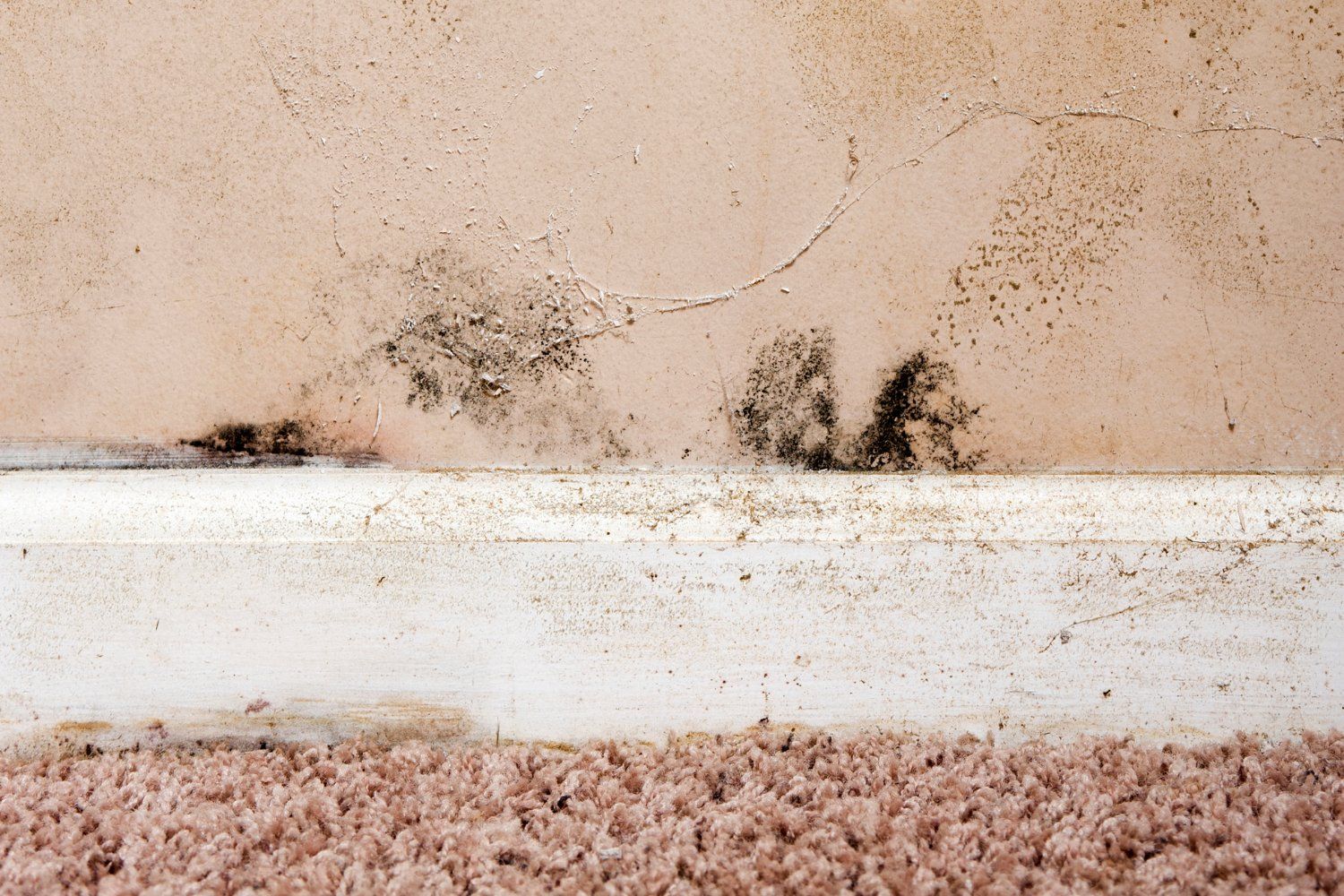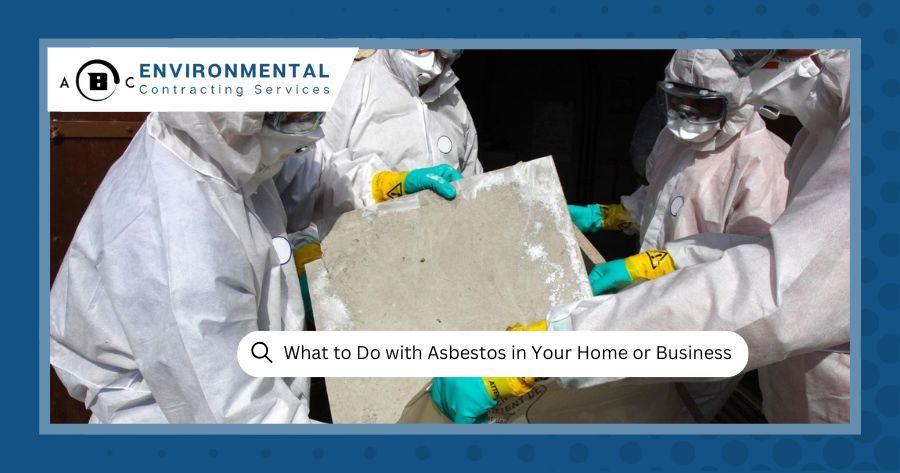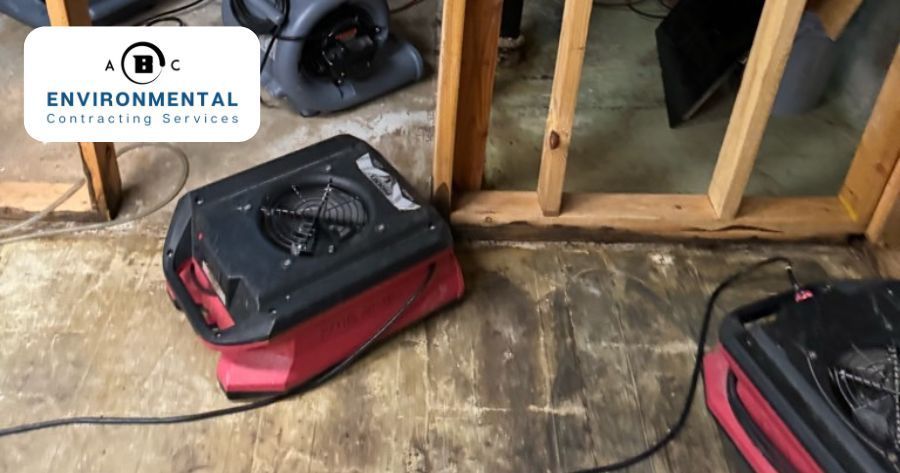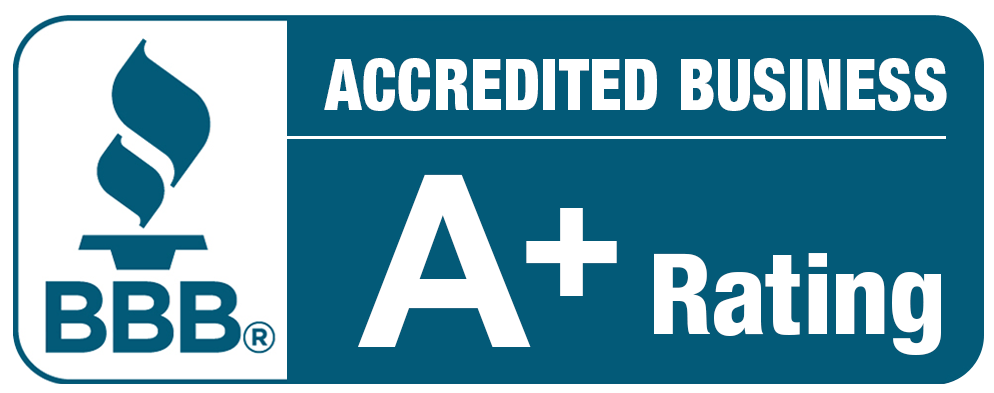
How Dangerous Is Mold In Your Home
Mold is a living organism, and you may be unaware that it is present in your house. This might result in health issues such as breathing difficulties, fatigue, or skin rashes. The good news is that most mold in your home is easily removed. Once you've identified these spots, you may take steps to eradicate any mold you may see in the future, as well as prevent common locations for mold development from reoccurring. If your home or business has a mold problem, it's always best to contact a mold removal professional such as contact ABC Damage Restoration.
What Is Mold And What Causes Mold In Your Home?
Mold is usually black, green, or brown. You can’t avoid the fact that there are mold spores in every breath you take. Your immune and respiratory system filter out most of them before they reach your lungs. But mold is everywhere, and some find themselves with a sensitivity or allergy to mold. Moisture is the biggest contributor to supporting an environment where mold in your home will grow. Luckily, if you know the tell-tale signs of mold growth, you should be able to prevent and eliminate it before it becomes a danger to your health.
Mold is not something that grows out of thin air! Each type of mold needs different conditions to grow, and in your home it’s usually too warm and humid for most of the common types of mold. There are many different kinds of mold in your home, and each one develops its own distinctive shape as it grows. The two basic types are molds that grow on the surface (the familiar green or black ones), and molds that grow inside decaying material.
Knowing where to look for mold in your home may assist you in preventing and treating it, allowing you to keep your home and body healthy.
Where To Check For Mold In Your Bathroom
Every time you step out of the shower do you make a habit of checking for mold? I’m not saying that you should be obsessively checking your shower for mold every time you get out, but it is important to know what to look for. Obviously, visible mold would be an easy place to start. In many cases, though, mold can grow behind walls or even underneath grout. It can also grow on the inside of tiles or on wood surfaces.
- In The Shower And Bathtub: Mold in your home can be a serious problem without proper ventilation. Showers and bathtubs are two of the most common areas for mold to grow. Mold spores will grow if you do not adequately ventilate during and after your shower or bath. Mold, on the other hand, isn't always apparent and obvious; look for mold on your shampoo bottles, washcloths, and loofahs, shower curtain, in and around the faucet and shower head, and in the tile grout.
- The Sink And Toilet: Sinks and toilets are prone to mold growth due to the presence of water and the humid environment of bathrooms. The surface of the sink and counters are the most visible locations to inspect if they have not been cleaned and dried. Inspect the toothpaste and toothbrush caddies, the toilet tank, under the toilet, below the bathroom sink where cleaning supplies are housed (any extra moisture left over from using the supplies can develop mold), and the pipelines for both the sink and toilet.
- In The Walls And On The Floor: You probably have mold in your home right now! Mold development is inevitable in a bathroom from top to bottom. In addition to the locations indicated above, keep an eye out for any water leaks coming from the walls or flooring – these leaks may quickly cause mold to spread. Bathroom carpets are also known to harbor mold and are not often cleansed as frequently as they should be.
Where To Check For Mold In Your Kitchen
Mold in your home may grow on a variety of surfaces in your kitchen, from long-forgotten leftovers in the back of your fridge to the not-so-easy-to-forget dishes piling up in the sink. Kitchen mold may grow fast due to the increased humidity from using the stove and running hot water from the sink. The following are some of the most common places to look for mold:
- In, On, And Under The Kitchen Sink: While you’re doing dishes, check the kitchen sink for mold. Dishes pile up (it happens!), food goes through the garbage disposal, damp sponges concentrate germs in the sink or caddies, and faucets run. All of these factors add to the possibility of mold formation, so inspect these places frequently if you want to avoid mold in your home. Oh, and don't forget to look beneath the sink – mold thrives in areas with leaky pipes.
- The Refrigerator And Pantry: Mold in your home may be caused by food, especially if it is expired. Your refrigerator and pantry should be clean of outdated food, and the surfaces should be washed down on a regular basis. Aside from those obvious areas, fridge drip trays and water dispensers gather water and are thus perfect sites for mold to develop.
- Microwave And Stove: These food-centric areas of your kitchen are prone to food spills and grease splatters, both of which mold enjoys. Not only is keeping these items clean and dry crucial for maintaining a clean house, but it is also a simple method to avoid mold.
- Other Places In The Kitchen: Mold spores love wooden cutting boards, garbage cans, under the stove (where food crumbs land), and kitchen windows and window sills. They feed on these areas, thus keeping them clean and dry is important for preventing mold in your home.
Where To Check For Mold In Your Bedroom
In general, your bedroom may not appear to be a breeding site for mold, and it may not be with correctly managed humidity. However, mold may grow in any indoor location, so it's worth checking just in case.
- On Your Mattress: Excess moisture and something for the mold to grow on are all that is required to develop mold. Finding mold on your mattress is a scary idea. Invest in a mold-resistant mattress if you can. Otherwise, keep your home's humidity low and your mattress (particularly the underside if you use a slatted bed frame) cold and dry.
- Windows And Window Sills: As previously stated, windows that gather moisture due to humidity can be extremely problematic in terms of mold development prevention. If the moisture gets to the inside window sill, you almost certainly have a mold in your home problem. That is, unless you routinely dry it off.
- Air Conditioning And Heating Vents: You probably like your bedroom to be at the ideal temperature for a good night's sleep. While it's acceptable to use the air conditioner and heater, mold can form in the vents.
Where To Check For Mold In Your Living Room
Mold may grow in every part of your house, as we now know. The living room is no different. Every factor you add, from meals in front of the TV to the houseplants you employ to keep the air fresh, increases the possibility of mold growth.
- Couch And Curtains: Mold spores are easily collected by fabric and upholstery. You may detect a nasty, musty odor if your sofa (or other cloth-covered furniture) or drapes become wet. This should alert you to the presence of mold in your home. Even if it hasn't become obvious, it's a good idea to check.
- Indoor Plants: Greenery in your house can help with air filtration, but it can also encourage mold growth if not properly maintained. Keeping your house at an optimum humidity level and not overwatering your plants should be enough to keep this from happening.
- Fireplace And Chimney: When not in use, fireplaces and chimneys are chilly, damp, and gloomy, making mold spores attracted to them. And, because most fireplaces are built with porous brick, mold in your home may spread fast.
Additional Places To Check For Mold In Your Home
- Walls And Ceiling: Mold may hide behind your walls and ceilings without your knowledge. Unfortunately, there is no easy method to detect if there is mold without hiring a professional. You may, however, be alert to a few warning signals, such as a musty, earthy odor or the presence of condensation on the wall or ceiling. Mold may grow on wallpaper. If you see peeling or wet wallpaper, there might be growth beneath the surface. If you pull it off manually, you risk releasing a cloud of spores. Hiring a professional is your best choice if you suspect mold development in the walls.
- Carpeting, Fabric, And Upholstery: Fabric surfaces, as previously discussed, are porous and prone to mold growth. Couches, curtains, clothes, and towels are just a few examples of fabric surfaces that are especially prone to mold growth. Mildew will occur if any of these items are left damp for an extended period of time. Mold is well on its way once mildew is evident. Carpeting, on the other hand, is a very different story. Mold growth may not be seen (or smelled) on your carpet, but it might be hidden beneath the carpet padding. Large spills and leaks occur, and when they do, they must be cleaned up and properly dried to avoid mold growth. If you discover mold in your carpets, you should get a professional to remove mold in your home.
- Washing Machines And Dryers: Mold in your home may grow in appliances that utilize water or come into touch with it. Avoid putting damp garments in the washer or dryer, and make sure the dryer is properly vented outside the house (and not into the attic). Front-loading washers are particularly susceptible to mold growth, however newer machines have improved in this regard. To help avoid this, always use the appropriate detergent and cycles, and leave the washing door open while not in use. Don't forget to wipe away the dryer lint, which can also harbor mold.
It's Worth The Time To Double-check Mold in Your Home
Mold is something that no one wants to grow in their home. Despite this, many individuals are ignorant of the several common areas to search for mold in their house. Checking for mold and taking preventative measures may seem inconvenient at first, but in the long run, it may save your life and keep your house safe by using the mold remediation services provided by ABC Damage Restoration.
Mold Removal Company Serving Springfield And Branson MO
Contact ABC Damage Restoration at (417) 409-1719 today for 24 hour water damage repair, fire damage restoration, or sewage cleanup along with any of our other services or get an instant quote from our website. Our mold removal company will get to your Springfield, Missouri home and remove the mold in your home in 30 to 60 minutes.
Learn more about
Mold Prevention Tips Made Easy





